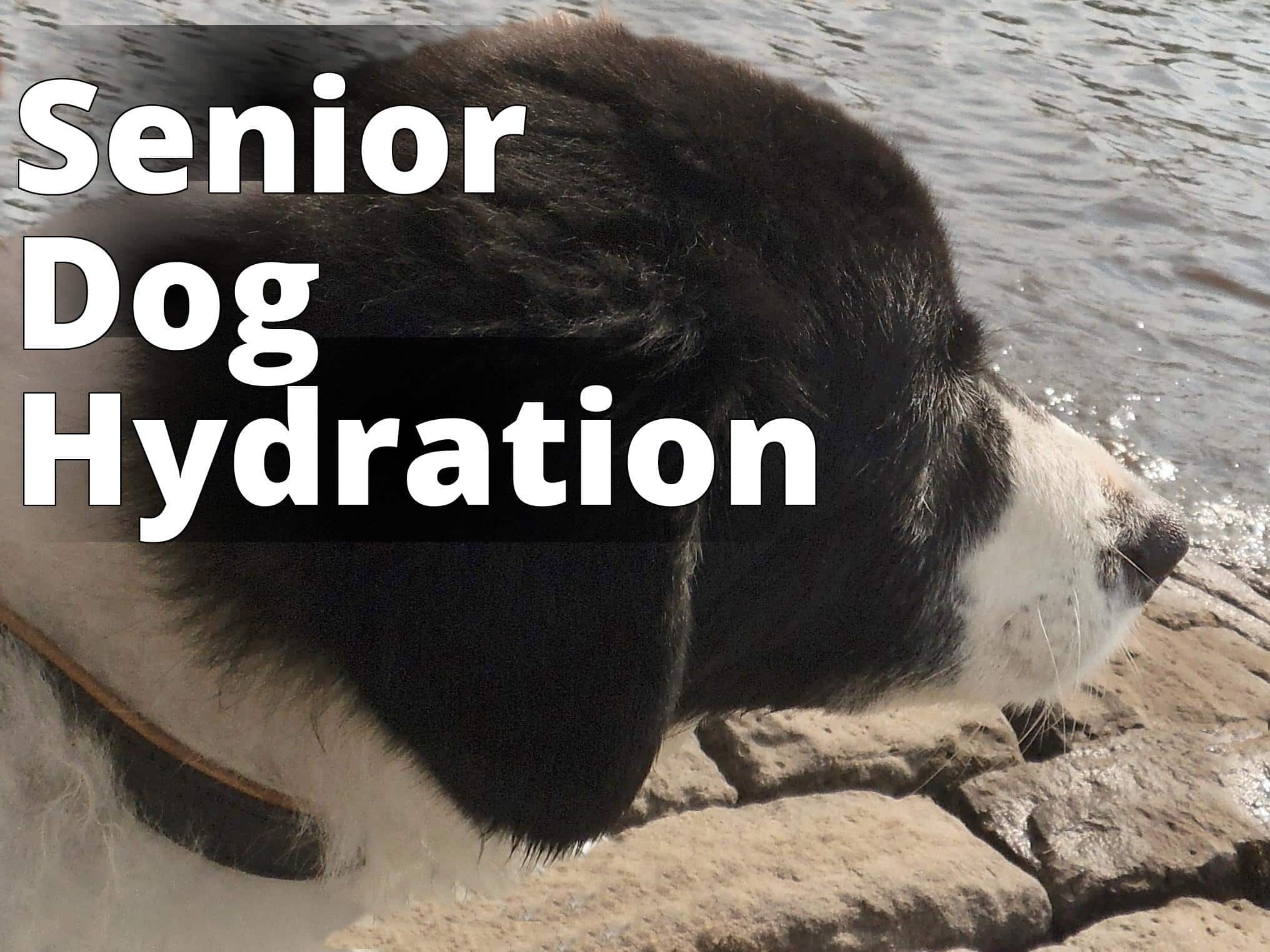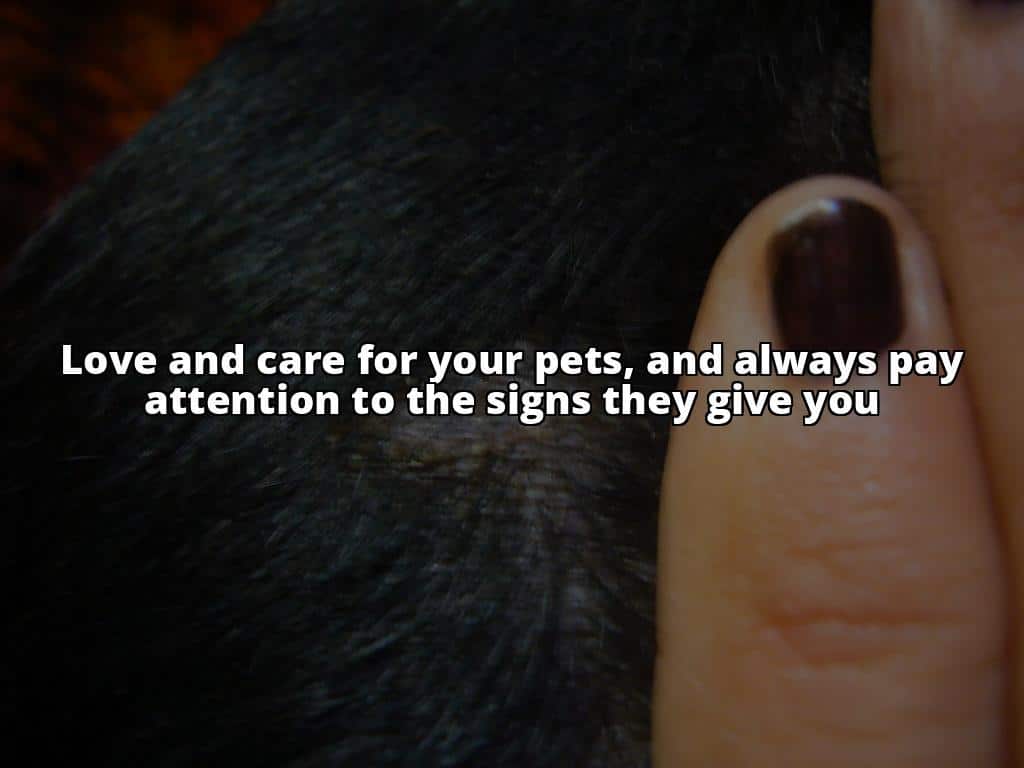
As a dog owner, I’ve found that pets communicate much, but not with words. When my senior dog began to drink water as if he’d crossed a desert on foot, it was clear: his body was sending smoke signals that something was amiss. Excessive thirst in older dogs isn’t just a quirky new habit; it’s a symptom, a red flag waved high by their internal systems. And the term for this condition? Polydipsia.
Polydipsia is more than just a fancy word; it’s a crucial puzzle piece in the health diagnostic of our canine companions. When your older dog starts lapping up water like there’s no tomorrow, it’s time for a deeper dive into what’s going on beneath the fur.
Understanding Excessive Thirst in Senior Dogs
By reading this article, you will learn:
– Polydipsia means excessive thirst in dogs.
– Polydipsia in older dogs can be caused by various underlying health issues such as diabetes or kidney disease.
– Symptoms of polydipsia include increased water consumption and frequent urination.
What is polydipsia?
In the simplest terms, polydipsia is the medical jargon for excessive thirst or increased water intake. But when does ‘a lot’ actually mean ‘too much’? As a rule of thumb, a dog should drink approximately 1 ounce of water per pound of body weight per day. When they start to drink significantly more, without an obvious reason like heat or increased exercise, it’s time to pay attention.

What causes polydipsia in dogs?
The reasons for polydipsia can read like a laundry list of medical conditions, each more concerning than the last. From diabetes, kidney disease, Cushings syndrome, to liver problems, and even certain types of cancer. To make it even more of a conundrum, it’s not just physical but psychological factors such as stress can also cause an uptick in a dog’s water consumption.
Insider Tip: Keep a watchful eye on your dog’s water bowl. If you find yourself refilling it more often than usual, take note. It could be the first sign that something’s up.
What are the symptoms of polydipsia?
Excessive drinking is just the tip of the iceberg. Polydipsia often brings friends to the party, like polyuria the medical term for frequent urination. You might find that your house-trained senior dog suddenly needs more bathroom breaks or even has accidents inside the house. Other symptoms could include changes in appetite, weight loss, lethargy, or changes in behavior.

How is polydipsia diagnosed?
A vet will typically start with a thorough history and physical examination, followed by blood tests and urinalysis to measure your dog’s kidney function, blood sugar levels, and to check for signs of infection or other illnesses. In some cases, more specialized tests, like ultrasound or radiographs, might be necessary.
Insider Tip: When visiting the vet, come prepared. Documenting your dog’s water intake, urination patterns, and any other changes can help your vet reach a diagnosis more swiftly.
How is polydipsia treated?
Treatment for polydipsia hinges on the underlying cause. If your vet zeroes in on diabetes, insulin therapy may be on the cards. Kidney disease might require a special diet or medications, while Cushings syndrome often calls for specific drugs to control the body’s cortisol production. And if the issue is psychological, environmental changes or behavior modification techniques could be the solution.
Insider Tip: In the case of chronic conditions, treatment may be lifelong. Embrace the challenge and partner with your vet to ensure your dogs quality of life remains high.
What is the prognosis for a dog with polydipsia?
The outlook for a dog with polydipsia varies as widely as its causes. If caught early, conditions like diabetes can be managed effectively, allowing dogs to maintain a good quality of life. However, for more serious ailments like kidney failure or cancer, the prognosis might be more guarded.

Polydipsia in dogs, especially seniors, is a clarion call for attention and action. As responsible pet owners, we must respond promptly and appropriately, ensuring that our furry family members receive the care they deserve. By understanding the causes, recognizing the symptoms, and seeking timely diagnosis and treatment, we can help our pets navigate the twilight of their years with comfort and dignity. Remember, when it comes to the health and well-being of our dogs, knowledge is not just powerit’s love in action.
Understanding Polydipsia: A Personal Story
As a dog owner, I noticed that my senior dog, Max, was drinking an excessive amount of water every day. At first, I thought it was just due to the hot weather, but the increased water intake continued even when the temperature dropped. Concerned about his health, I took Max to the veterinarian to get to the bottom of this behavior.
Max’s Diagnosis and Treatment
After a thorough examination, the vet diagnosed Max with polydipsia, a condition characterized by excessive thirst. The vet explained that polydipsia can be caused by various underlying health issues, such as kidney disease, diabetes, or Cushing’s disease. Further tests, including blood work and urinalysis, were conducted to pinpoint the exact cause of Max’s polydipsia.
The Prognosis and Management
Thankfully, the early detection of polydipsia allowed for prompt treatment and management. With the vet’s guidance, we implemented dietary changes, medication, and regular monitoring to ensure that Max’s condition was managed effectively. Understanding the prognosis for a dog with polydipsia helped me feel more confident in providing the best care for Max as he entered his senior years.
This personal experience with Max’s polydipsia has made me more aware of the signs, symptoms, and treatment options available for this condition, and I hope that sharing our story can help other dog owners navigate similar situations with their beloved pets.
Questions and Answers
Who should I consult if my older dog starts drinking a lot of water?
You should consult a veterinarian to determine the cause of the increased water intake.
What could be causing my older dog to drink a lot of water?
Increased thirst in older dogs could be a sign of diabetes, kidney disease, or Cushing’s disease.
How can I manage my older dog’s increased water intake?
Ensure your dog has access to fresh water and follow any recommendations from your vet for managing the condition.
What if I think my older dog’s increased water intake is just due to old age?
It’s important to rule out any underlying health issues, so consult a vet to be sure.
As a veterinarian with over 15 years of experience, Christopher Hayes has dedicated her career to understanding and addressing the unique health needs of senior dogs. Holding a Doctor of Veterinary Medicine (DVM) degree from Cornell University, she has conducted extensive research on geriatric canine health, with a particular focus on polydipsia in older dogs. Christopher Hayes has authored numerous peer-reviewed articles on the topic, drawing from her clinical experience and insights gained through treating senior dogs with excessive thirst.
In addition to her research and clinical work, Christopher Hayes has also collaborated with leading veterinary specialists in endocrinology and internal medicine, staying abreast of the latest advancements in diagnosing and managing polydipsia in senior canine patients. Her commitment to educating pet owners and her advocacy for senior dog wellness make her a trusted authority in the field.
Facebook
Pinterest
Twitter
LinkedIn

